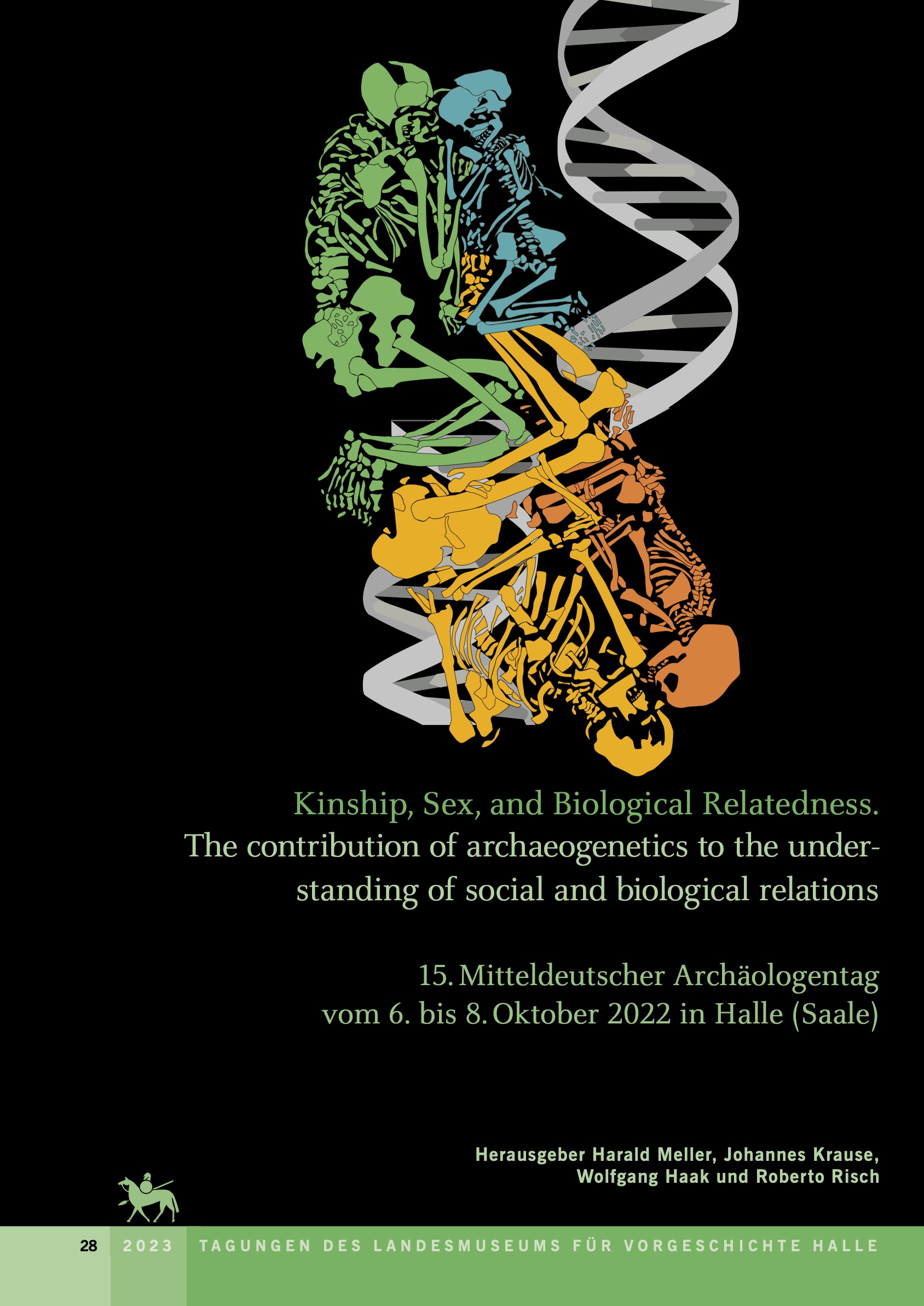Papac et al. 2023

Authors: Luka Papac, Patxuka de Miguel Ibáñez, Adam B Rohrlach, Javier Armendáriz, Marcello Peres, Thiseas C Lamnidis, Angela Mötsch, Stephan Schiffels and Roberto Risch
Abstract: The transition from the Late Bronze to the Iron Age on the Iberian Peninsula saw a shift in mortuary customs from mainly inhumation to cremation of the deceased. The poor preservation characteristic of cremated skeletal remains has hindered molecular analyses (isotope analyses, ancient DNA) of the Iberian Final Bronze and Iron Age communities of Ibe- ria. Incidentally, a limited number of young children, often newborns, were exempt from the predominant cremation ritual, in favour of intramural inhumations inside buildings at certain settlements. The discourse surrounding the mean- ing and interpretation of this particular burial rite has devel- oped over a long time in Iberian archaeology but has always been hampered by the limited anthropological, archaeologi- cal, and molecular data from these intramural inhumations. Here, we study the genomes of 37 intramurally buried chil- dren found in three Early Iron Age settlements, dated between c. 800–450 BC. Population genetic analyses on the newly reported individuals extend our understanding of ancient Iberia by revealing previously unsampled genetic diversity as well as showing a lesser influence of Mediterranean ancestry than on previously published Iron Age individuals from north- ern Spain. We also provide insights into the sex and biological relatedness of the children, and in so doing, elucidate differ- ent aspects of the intramural burial ritual and building use in settlements. More broadly, the genetic data from these indi- viduals fill an important gap in the archaeogenetic record of northern Spain and offer a unique opportunity to study the genetic makeup and population changes from the Bronze Age to Antiquity.